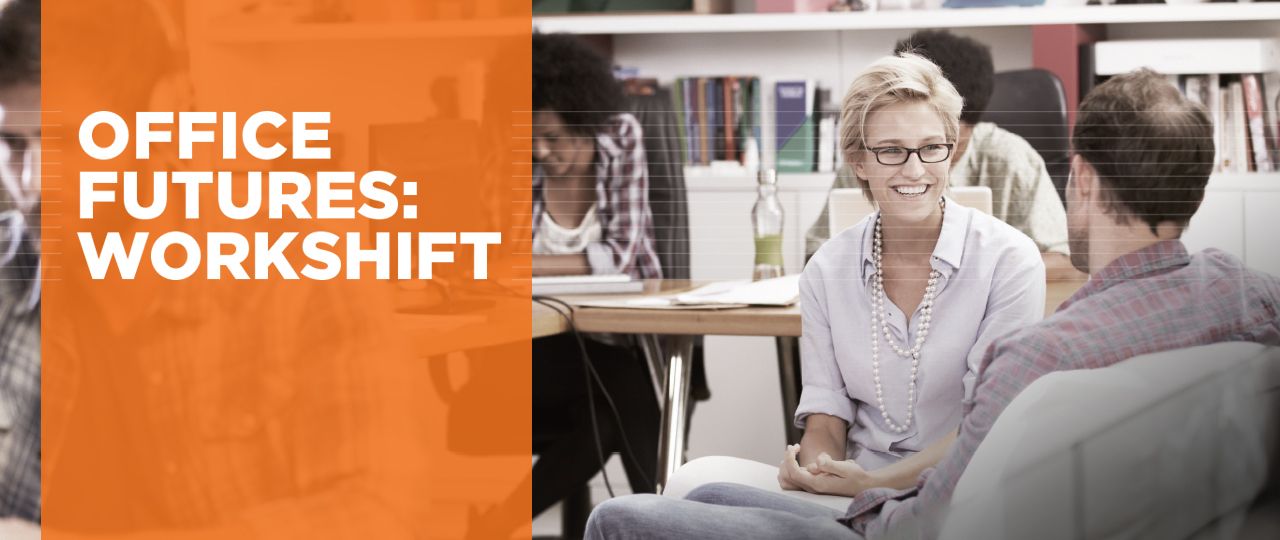
In a previous blog I looked at what type of workspaces London’s office employees actually wanted, and two clear conclusions stuck out at me.
Firstly, the almost omnipresent open-plan office, whilst a very effective work space for all seasons, is not well-liked by employees, with home working and private workspace more popular amongst respondents. Secondly - and more interestingly -the results showed that employees were actually quite split in what they viewed as the ideal work environment, with no particular work space dominating responses.
Remarkably, there was no obvious split in the responses based on employees’ age or industry of work, suggesting that we tend to get a bit carried away with our stereotyping of employees based on these factors.
There are, of course, a number of employers out there who are already engaged with the idea of having more diverse work environments. In many cases, this has been driven by the concept of Activity Based Working; whereby employees are given a choice about where they work based on the task at hand.
I would argue, however, that, based on our results, this concept will continue to be refined, taking in not only the activity and the workspace required to support it; but also different employee personalities and workspace preferences when working on similar tasks. In short, workspaces won’t just be designed for the mix of tasks that employees are faced with, but reflect a more detailed understanding of employee personalities on a company by company basis.
This may seem a tad far-fetched, but many employers are well engaged with the idea of psychometric testing when it comes to recruitment, and general employee surveys have become far more widespread, whilst in some offices now employees are required to login to desks and meeting rooms, giving employers real-time data on employee movements, and what spaces are over-subscribed or under-utilised.
It is not a huge step then to imagine employers using data on existing workspace utilisation and employee movements, alongside personality testing, to design or retroactively adjust their offices to both maximise space utilisation and maximise employees’ happiness and productivity on any particular task in workspace fitted to their individual personality.
For example, how many companies today could give an immediate answer on the breakdown in their employee base between introverts and extroverts? Probably not a lot. Yet even this simple data could get employers on the right track in terms of fitting their workspace to their employees – see this report by OPP for a detailed look at how introverts and extroverts engage with their work surroundings.
Of course, two companies with a broadly similar split of introverts and extroverts, may have a different split of tasks that typically need completing on any given day. So even though their employees’ psychology is broadly similar, we need that task data as well to complete the picture and may sure the workspace is ‘well fitted’.
Lego’s UK headquarters in the City of London remains one of the very best examples of a diverse workspace - this FT.com video gives a great tour of said office. With various flexible work zones designed to support different activities, and with employees having no fixed desks in order to enable their flexible movement between the different areas. As an introvert the writer finds the potential bliss of the office’s quiet floor particularly intriguing; the problem might be that my personality would make it hard to get me out of there.
